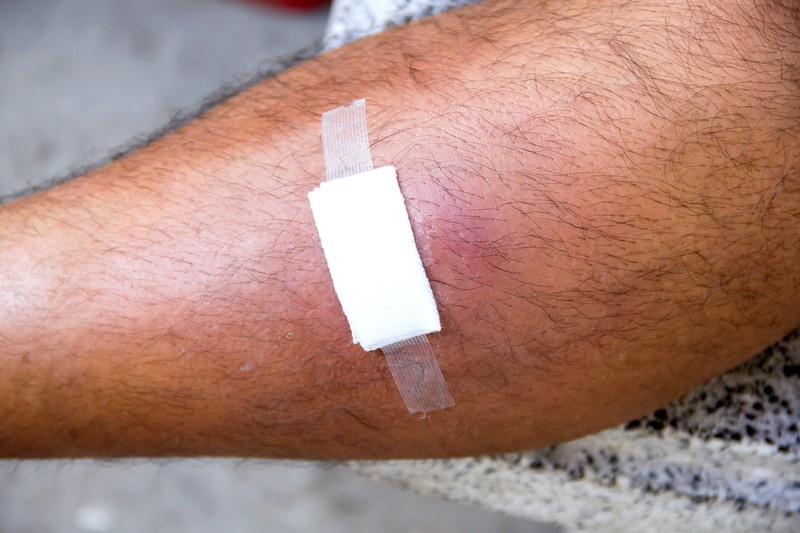Even if we are prepared for everything we can think of, things we don't plan for will probably happen. This includes getting injuries and wounds. A wound can get worse if left untreated. This is why knowing these tips that'll tell you the best way to treat a wound during a collapse is one most important skill you will have!
The Best Way To Treat A Wound During A Collapse Is:
Most wounds you will encounter in an off-grid setting will be dirty. If you try to close a dirty wound, such as a gunshot, you have sequestered bacteria, bits of clothing, and dirt into your body. Within a short period of time, the wound will become infected. An infected wound appears red, swollen, and hot.
It may be difficult to fight the urge to close a wound. Leaving the wound open, however, will allow you to clean the inside frequently and directly observe the healing process. It also allows inflammatory fluid to drain out of the body. The scar isn’t as pretty, but it’s the safest option in most cases. In addition, if you’re truly in a long-term survival scenario, the suture material or staples you have aren’t going to be replaced. It’s important to know when closure is absolutely necessary and when it’s not.
Other considerations when deciding whether or not to close a wound are whether it is a simple laceration or whether it is an avulsion (areas of skin torn out or hanging flaps). If the edges of the skin are so far apart that they cannot be stitched together without undue pressure, the wound should be left open.
Another reason the wound should be left open if it has been open for more than 8 hours. Why? Even the air has bacteria, and there’s a good chance that they have already colonized the injury by that time.
Here are some other factors that would suggest that closure is appropriate:
• The laceration is long or deep. The exception would be a puncture wound from an animal bite. These bites are loaded with bacteria and should be kept open in austere settings.
• The wound is located over a joint. A moving part, such as the knee, will constantly stress a wound and prevent it from closing in by itself.
• The wound gapes open loosely, suggesting that it can be closed without undue pressure on the skin.
It’s important to realize that you will only have a limited supply of staples and sutures. Feel free to mix different closure methods like alternating sutures and steri-strips, or even adding duct tape when you’ve run out of medical supplies.
If you are unsure, you can choose to wait 48 to 72 hours before closing a wound to make sure that no signs of infection develop.
As it turns out closing a dirty wound that your more likely to get when off the grid could actually cause more damage to the wound and to your body. You need to take into consideration what kind of wound you are dealing with.
If a wound is deep or over a joint, it might be best to close it. If it is just on the surface of the skin, you probably should leave it open. If you know what to look for and how to treat the wound, it could save your life when a collapse occurs!
To learn more about the proper way to handle a wound when SHTF, visit Backdoor Survival.
